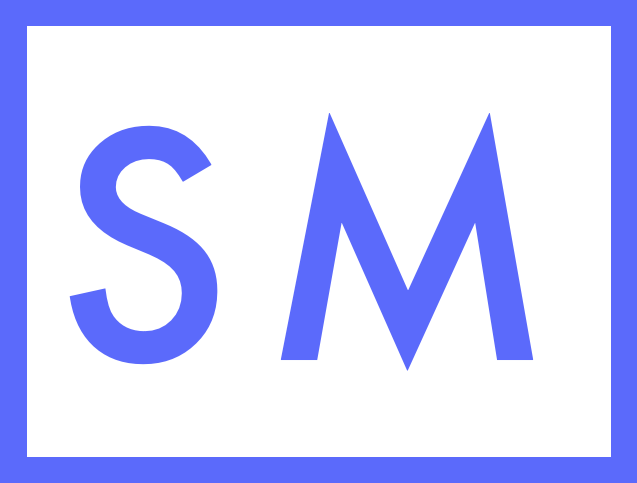Using “Yes/No” questions to filter out bullshit resposnes
Here’s an example of a bad survey question.
Q1: What’s your New Year’s resolution?
____________________________.
My guess is that you’re not drawn to anything enough to make a commitment, but the topic has crossed your mind, so you could cough up a bullshit response such as “exercise more” or “less screen time” if you had to.
To filter out bullshit responses like these, first identify people genuinely committed to a New Year’s resolution.
You can do this with a simple “yes/no” question, for example.
Q1: Have you committed to a New Year’s resolution?
• Yes
• No
Q2: What’s your New Year’s resolution?
Only for people who selected “Yes.”
____________________________.
Here, Q1 enables Q2 to only capture data from respondents who have genuinely considered and committed to a resolution.
This same basic approach is something you can use the next time you seek customer feedback on a product claim, new offer, or anything else.
Rather than immediately asking for their opinion on your product claim or new offer, get the concrete facts first.
By the way, my 2024 resolution is to infuse every 'Roast' with actionable insights and a transformative perspective.
If that sounds like something you’re craving for 2024, click on the link below to book one.
It’s something I’d love to commit to.
https://www.sammcnerney.com/45-dollar-survey-roast
Cheers,
Sam

